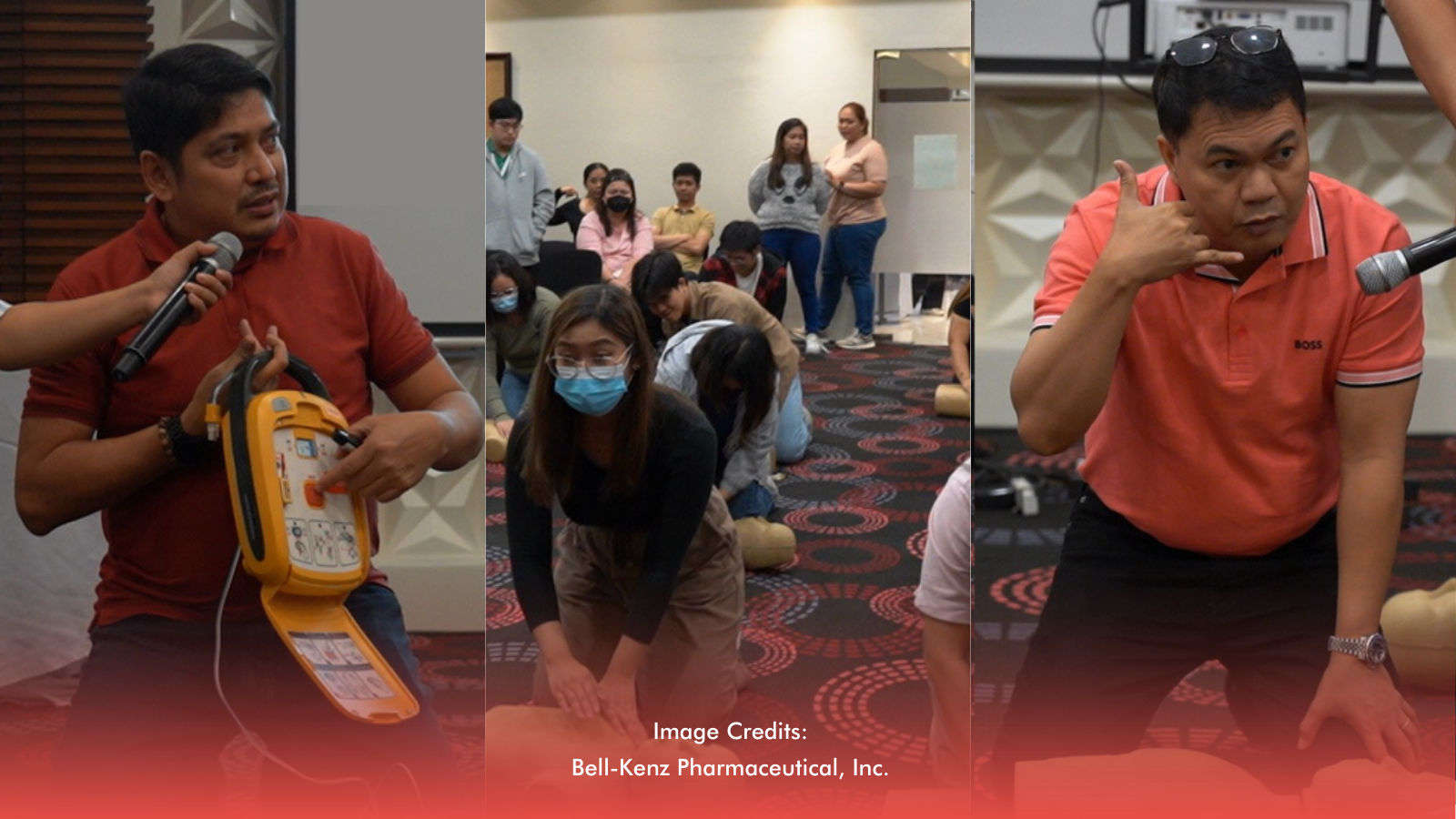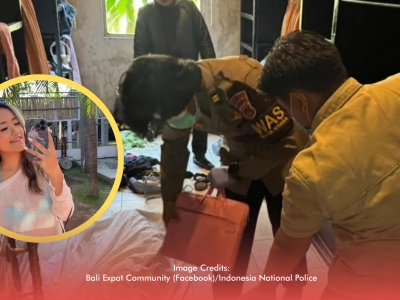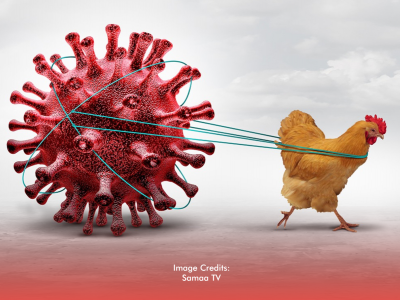Sagip CPR is a nationwide campaign led by Bell-Kenz Pharma in collaboration with the Philippine Heart Association and community partners. The program aims to train 1 million Filipinos in hands-only CPR and AED use, creating a network of everyday heroes ready to respond during cardiac emergencies.
RELATED: [The Quiet Shake-Up In The DOH: What's At Stake For Public Health Leadership?]
The Urgent Need for CPR Awareness
Heart disease continues to be the leading cause of death in the Philippines, claiming nearly one in five Filipino lives—or an average of 317 deaths each day—according to 2024 Department of Health data. Nearly half of these deaths are caused by Sudden Cardiac Arrest (SCA), when the heart suddenly stops beating and cuts off blood flow to the brain and vital organs. Survival rates remain low at around 10 percent, often due to delays in cardiopulmonary resuscitation (CPR) and treatment.
While 8 out of 10 cardiac arrests happen at home, usually in the presence of family members, only 2 in 10 Filipinos know how to perform CPR. The American Heart Association warns that every minute of delay in administering CPR decreases a patient’s chance of survival by nearly 10 percent. However, when done immediately within 4 to 6 minutes, hands-only CPR can double or even triple survival chances.
Despite the Samboy Lim Law (Republic Act 10871) mandating basic life support education in schools since 2016, many young Filipinos—especially Gen Z—still have not received proper CPR training. Recognizing this gap, President Ferdinand Marcos Jr. signed Proclamation No. 511 declaring July 17 as National CPR Day, highlighting the need for widespread CPR training for all Filipinos, regardless of medical background.
Sagip CPR Kicks Off in Cagayan de Oro
Answering this call, Bell-Kenz Pharma, in partnership with the Philippine Heart Association - Northwestern Mindanao, PHINMA Cagayan de Oro College (PHINMA COC), the Cagayan de Oro City Police Office, the City Disaster Risk Reduction and Management Office, and the City Scholars Association, launched Sagip CPR on August 14, 2025, at PHINMA COC’s roof deck.
The event trained over 500 participants—including students, scholars, faculty, civilian force multipliers, and police personnel—on the Check–Call–Compress approach. This simplified, hands-only CPR method makes it easier for anyone to respond to emergencies. The training also included the use of automated external defibrillators (AEDs), portable devices that can restore a normal heartbeat during cardiac arrest.
“CPR is a skill that saves lives, yet so many Filipinos don’t have the chance to learn it,” said Dr. James Cayetano, Cardiologist and President of Bell-Kenz Foundation. “By equipping 1 million Filipinos with hands-only CPR training, we’re building a country where help is never more than a few steps away.”
Expanding Access, Strengthening Healthcare
Doctors emphasize the broader healthcare impact of Sagip CPR. “This program is a big help because it extends training to communities not always reached by medical groups,” said Dr. Francis Lavapie, Past Chair of the Philippine Heart Association Council on CPR. “We have taught many, but it’s still not enough. This initiative ensures more people are prepared to save lives.”
Sagip CPR will be rolled out to schools, barangays, and civic groups nationwide over the next year to teach more than a million Filipinos this crucial and essential human skill. Organizers hope the initiative will normalize CPR as a basic skill for all ages—turning bystanders into first responders and helping to reduce preventable deaths from sudden cardiac arrest.
RELATED: [Tulfo Against PH Doctors: A Symptom of a Larger Problem]








